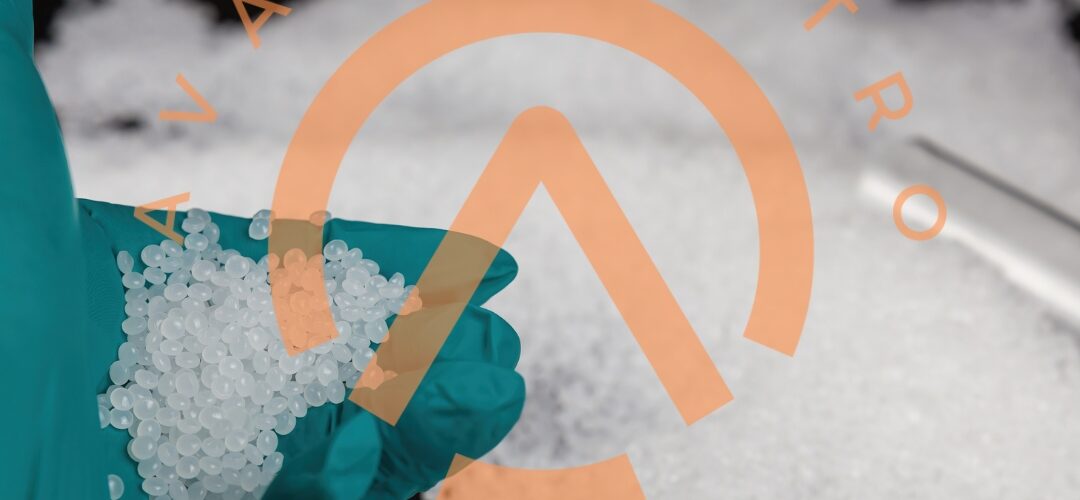ABS Material Properties and Specifications
Understanding ABS Material
Acrylonitrile Butadiene Styrene (ABS) is a widely used thermoplastic polymer known for its exceptional durability, flexibility, and versatility in various industries. It’s derived from three monomers: Acrylonitrile, Butadiene, and Styrene. This composite structure grants ABS a unique set of characteristics, making it an ideal choice for numerous applications.
Key Properties
Strength and Durability
ABS possesses remarkable mechanical strength and impact resistance, allowing it to withstand external forces and heavy usage without compromising its structural integrity. This property makes it suitable for manufacturing components that require robustness and reliability.
Flexibility
Its inherent flexibility lends ABS the ability to be molded into diverse shapes and sizes while retaining its strength. This characteristic makes it an excellent choice for products requiring both durability and malleability, such as automotive parts, toys, and electronic housings.
Heat Resistance
ABS demonstrates good heat resistance, allowing it to maintain its structural properties at moderate temperatures. This feature expands its applications in environments where temperature variations are common.
Specifications
Chemical Composition
ABS primarily consists of a blend of Acrylonitrile, Butadiene, and Styrene in varying proportions. These elements contribute to its distinctive properties, with Acrylonitrile enhancing heat resistance, Butadiene providing flexibility, and Styrene contributing to rigidity and processability.
Manufacturing Processes
ABS is commonly produced through injection molding or extrusion techniques. This manufacturing versatility enables the creation of complex shapes and structures, facilitating its use across multiple industries.
Color Options and Finishes
One of ABS’s appealing features is its wide range of color options and finishes. It can be easily customized to meet specific aesthetic requirements, making it a favored choice in consumer goods and design-oriented applications.
Applications
Automotive Industry
ABS is extensively utilized in the automotive sector for crafting various components, including bumpers, interior trim, and instrument panels due to its ability to withstand impact and harsh environmental conditions.
Consumer Goods
Its versatility makes ABS a preferred material in the production of toys, gaming consoles, and household appliances where both durability and aesthetics are essential.
Electronics and Electrical Enclosures
ABS’s electrical insulating properties and ability to be easily modified make it an optimal choice for enclosures and casings in electronic devices and equipment.
Conclusion
In conclusion, ABS material stands out for its exceptional strength, flexibility, and customizability. Its wide array of applications across diverse industries highlights its significance as a go-to material for manufacturers aiming for reliability, durability, and design flexibility in their products.
Written by Emir Narin

